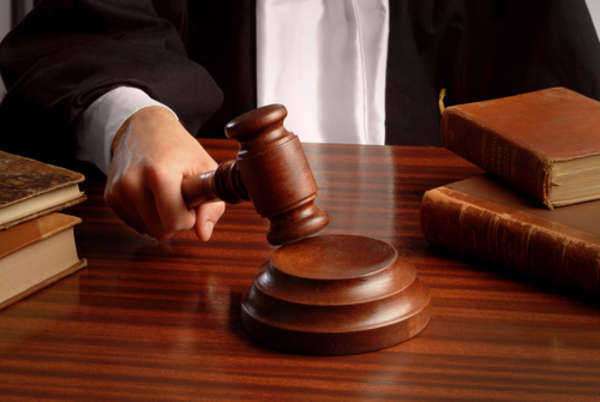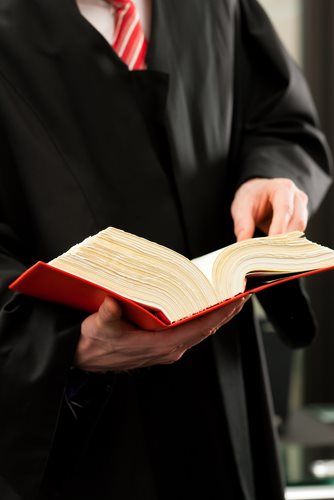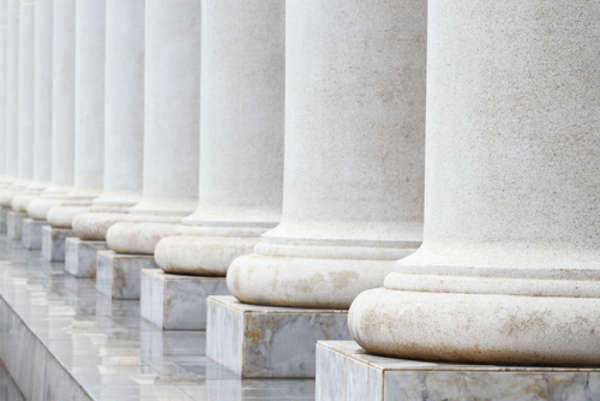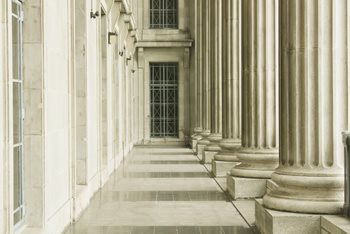A Short Biography on Justice Ruth Bader Ginsburg








State Court Ohio Explained:
The local government of the state of Ohio is comprised of three distinct branches—the executive branch, the legislative branch, and the judicial branch. The basic structure of the local government is set forth and established through the statutes and ordinances within the Ohio Constitution.
The judicial branch of Ohio houses the State court system. The judicial branch of Ohio is headed by the Supreme Court, which possesses one chief justice and six associate justices. Each of these appointed officials is elected to a staggered six-year term.
As is common with most judicial branches of local government systems, there are several other levels of elected judiciaries within the State court of Ohio.
The State court of claims, which possesses jurisdiction over all civil actions against the state og Ohio in situations where the state has waived its sovereign immunity.
Furthermore, the State courts of appeal, comprised of 12 district appeals courts) acts as the state’s intermediate appellate court system.
Ohio’s judiciary system possesses a county court system for common pleas. Ohio contains 88 county common pleas courts; these are the principal courts of first instance for all civil and criminal matters. In more populated areas of the state, there are typically several divisions, such as a juvenile, general, probate court system. Additionally, the family court, which hears all domestic relations suits, is governed within this system.
Municipal courts and courts of Ohio are used to primarily handle minor matters, such as traffic adjudication and other misdemeanor issues, including small claims hearings. If you need legal advice and assistance, contact Ohio lawyers.


New York State Court Defined:
As is common in all 50 states in America, the head of the executive branch of the local government of New York is the Governor of the state.
New York consists of a legislative branch, referred to as the legislature, which consists of a Senate and an Assembly. Dissimilar to most states; however, New York law permits electoral fusions, which allows for the presentation of New York ballots to reveal a larger number of parties.
The court system in New York typically tends to produce an assortment of confusion for those associated with other states. As is found in Maryland and Washington D.C., the highest court in New York is referred to as the ‘Court of Appeals’ and not the ‘Supreme Court.’
Instead of the trial court being referred to as the “Superior Court,” the New York court system labels the trial court as the “Supreme Court.”
Historically speaking, county superior courts, like New York’s county supreme courts, were viewed as the highest level of trial court; these court systems oversee a network of inferior trial courts, for example various recorder’s courts, courts of referees and commissioners, and municipal courts.
The state court of New York’s intermediate appellate court (the court system between the New York State Supreme Courts and the New York Court of Appeals) is referred to as the New York State Supreme Court-Appellate Division. Local courts in towns and villages of the state are called Justice Courts; these courts are the starting point for all criminal cases that occur in outside cities; this court system handles a variety of other matters including traffic ticket cases, small claims hearings and issues pertaining to zoning.